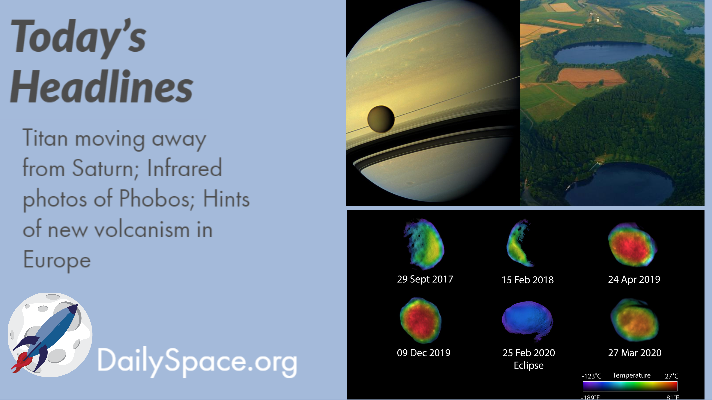
Rocket Roundup for July 1, 2020
Our one and only launch of the week was yesterday, June 30th, with a brand new SpaceX Falcon 9 booster carrying the latest addition to the GPS constellation from Cape Canaveral at 8:10 pm UTC.

Our one and only launch of the week was yesterday, June 30th, with a brand new SpaceX Falcon 9 booster carrying the latest addition to the GPS constellation from Cape Canaveral at 8:10 pm UTC.

Join us for this week’s Rocket Roundup with host Annie Wilson as we look back at two Chinese rocket launches this past week, including one we actually got to livestream!

Join us for this week’s Rocket Roundup with host Annie Wilson, where we’ll watch China launch an oceanography satellite, Rocket Lab launch an Electron rocket called “Don’t Stop Me Now”, and SpaceX launch even more Starlink satellites (plus a few hitchhiking SkySats).

Join us today as we consider a new paper on why pulsars shine so brightly (hint: it’s those pesky magnetic fields). We take a look at new images of Antares’ massive atmospheric layers. Finally, we share a story from our own Planetary Science Institute: evidence has been found that there are volcanic craters on Saturn’s moon, Titan.

Join us today as we analyze news that Titan is moving away from Saturn more quickly than previously thought. Also, we look at recent photos of Mars’ moon Phobos taken by NASA’s Mars Odyssey. Finally, we note that there is possibly new volcanic activity underneath Germany. After those stories, we interview Dr. Jamie Molaro from PSI about her recent paper on asteroid Bennu.

On Thursday, June 4th at 01:25 am UTC, SpaceX launched yet another batch of sixty Starlink satellites on board a Falcon 9 from SLC-40 at Cape Canaveral Air Force Station.